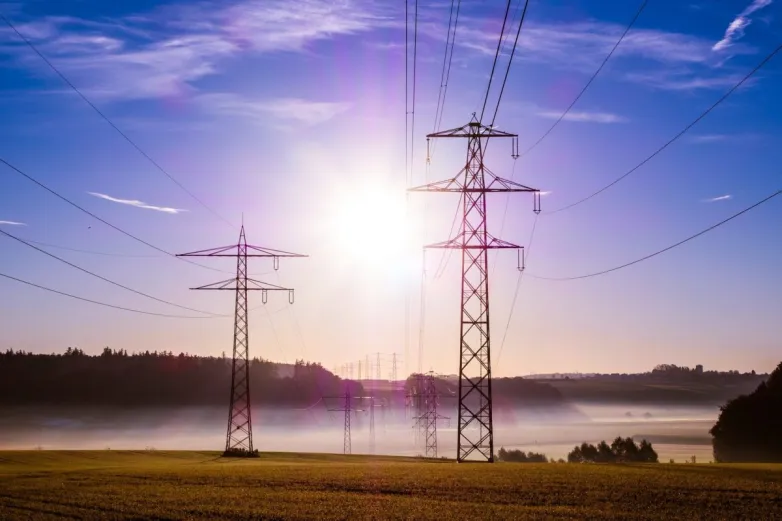IRENA predicts LCOE of solar will drop to $0.01-0.05 by mid century
- The latest study published by the International Renewable Energy Agency says the average solar electricity cost of $0.085/kWh produced by projects commissioned last year is set to fall to $0.048 next year, and $0.02-0.08 by 2030.

Solar will see its share of global power generation rise to 13% by 2030 and a quarter by 2050, according to the Future of Solar PV report published by the International Renewable Energy Agency (IRENA).
Improved PV technology will drive the production of ever cheaper solar electricity, according to the agency. The study notes the historic prices recorded in national PV generation capacity auctions indicate solar power could be produced for an average $0.048/kWh next year, a figure 44% lower than the cost of solar produced by generation facilities commissioned last year.
“Recent record low auction outcomes for solar PV in Abu Dhabi, Chile, Dubai, Mexico, Peru and Saudi Arabia have shown that an LCOE [levelized cost of energy] of $0.03/kWh is possible in a wide variety of national contexts,” the report stated.
The report forecasts the solar project development cost per kilowatt of capacity installed will fall from $1,210 last year to $340-834 in 2030 and $165-481 in 2050. The price of solar electricity is expected to fall further from an average $0.085/kWh last year to $0.02-0.08/kWh by the end of the next decade and $0.01-0.05 by mid century.
8.5 TW of solar
The agency says solar may reach 2,840 GW of installed capacity by 2030 and that figure could rise to 8,519 GW in 2050.
Asia is expected to claim more than half, with around 4,837 of solar capacity by 2050, followed by North America, with 1,728 GW; Europe, at 891 GW; and Africa, with 673 GW. Latin America and Oceania are expected to host 281 GW and 109 GW in 2050, respectively, according to IRENA.
The agency expects large scale projects to make up around 60% of the world’s total PV capacity by 2050, with the balance supplied by rooftop systems.
In annual deployment terms, the 94 GW of new solar added last year is expected to hit 270 GW in 2030 and 372 GW by mid century, with IRENA adding: “Along with capacity additions, replacement of solar panels at the end of their lifetime is also essential and plays a key role, especially with the benefit of old panels giving way to advanced technologies.”
Big capacities, big money
“Deploying a total installed capacity of more than 8,000 GW of solar PV by 2050 would necessitate cumulative investment of nearly $6.4 trillion from now until 2050,” states the report. That would require annual investment of around $192 billion over three decades, up from the $114 billion which was invested in solar last year.
The IRENA report also predicts the number of people employed in the global solar energy sector will climb from around 1.3 million today to 11.7 million in 2030, and 18.7 million 20 years later.
“Accelerating solar PV can cut energy-related CO2 emissions by 21% in 2050,” the authors of the paper added.
Also read
- India Slashes Solar GST, Developers Eye Cheaper Tariffs And Restarts
- U.S. Tariffs Deepen India’s Solar Glut, Exports Face Squeeze Today
- ABO Energy wins tariffs for first Polish solar park in latest RES auctions
- Trump Clampdown Tightens Rules on Wind and Solar Tax Credits
- US Imposes Steep Tariffs on Southeast Asian Solar Equipment Imports

